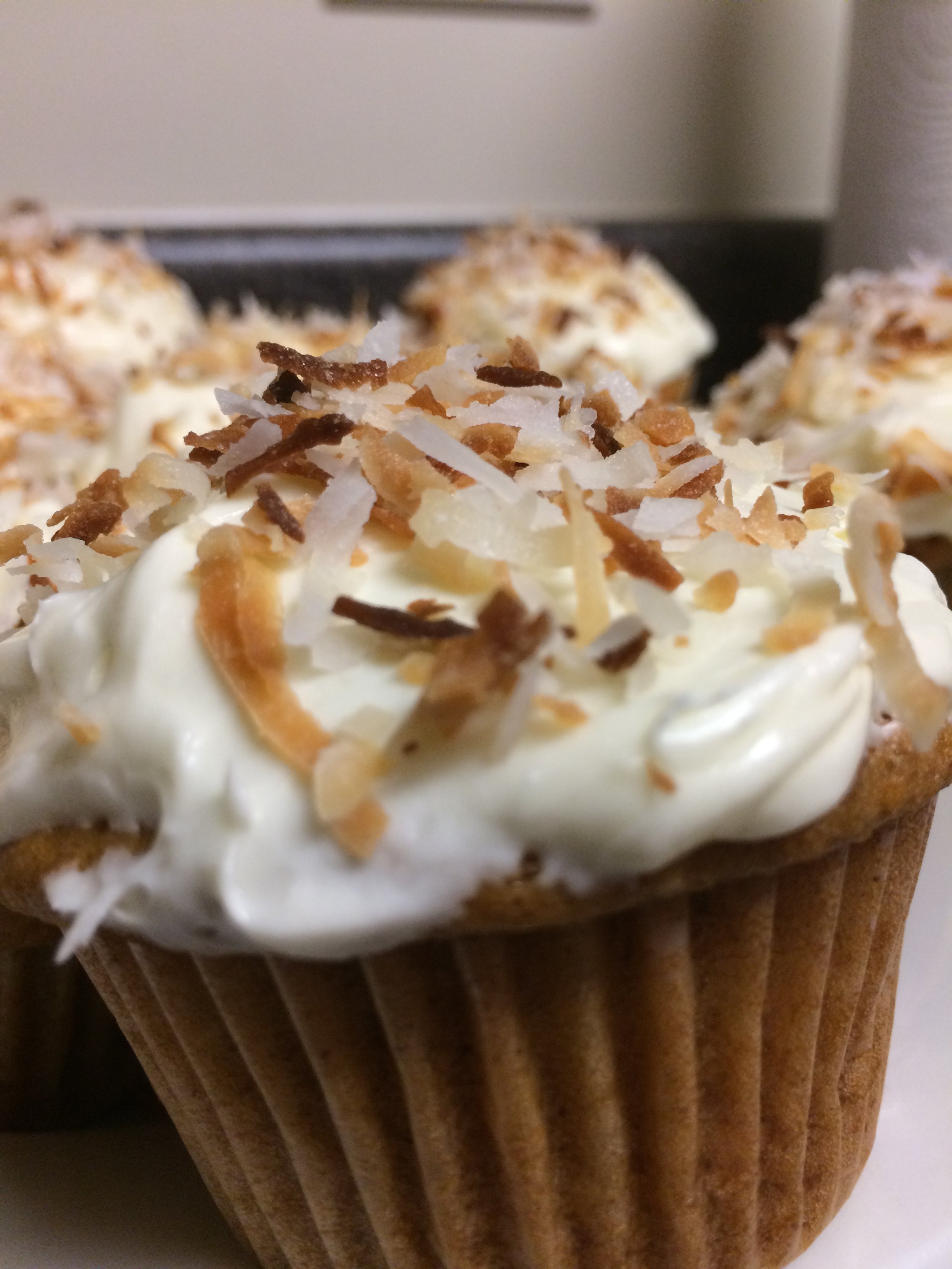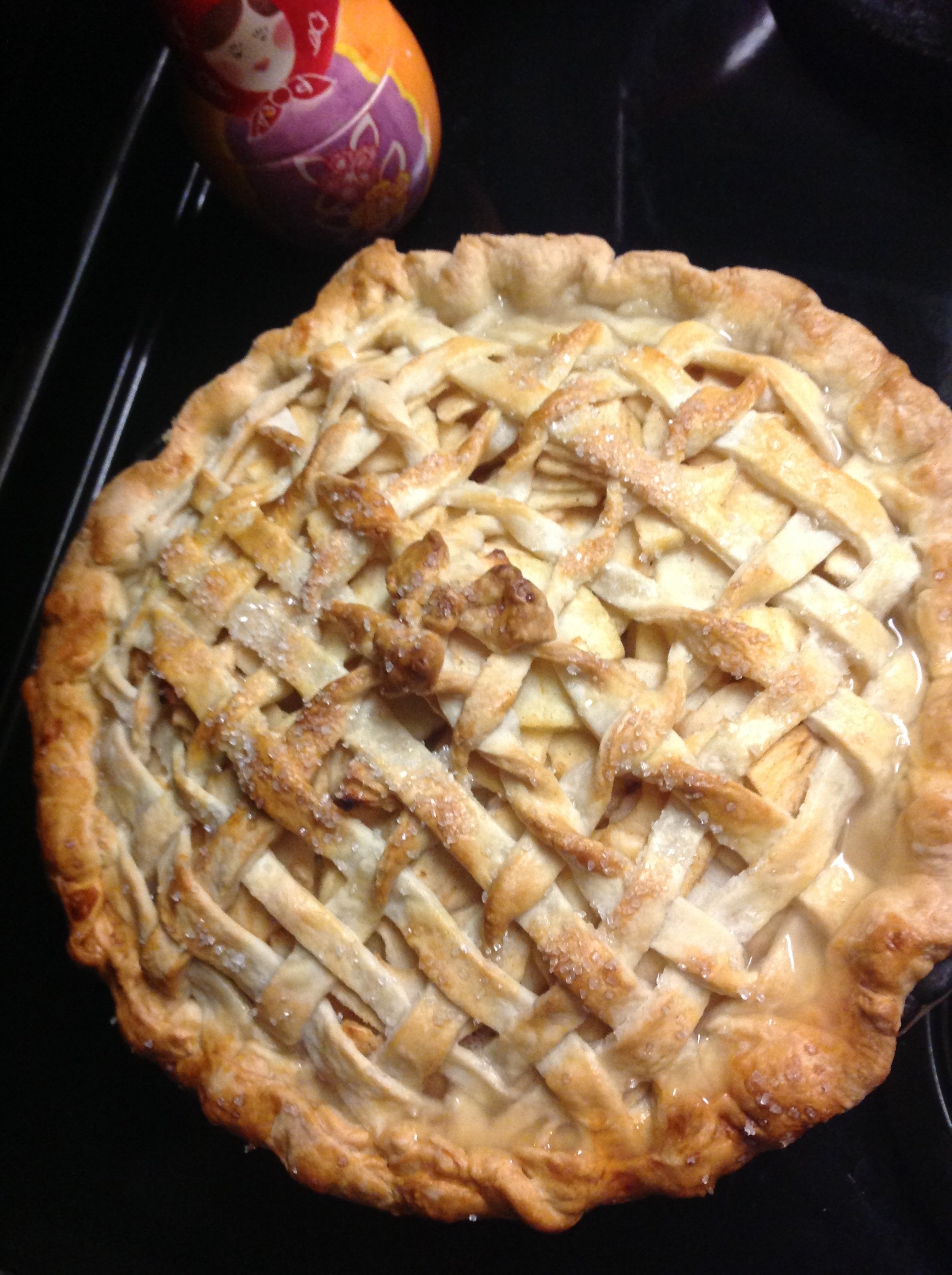Baking Therapy with Sourdough
This is the recipe I follow for making Sourdough Waffles:
Nancy Silverton’s Sourdough Waffles
(Overnight fermentation for best flavor and texture)
Ingredients:
Butter – 115 grams (½ cup, 1 stick), melted
Ripe sourdough starter – 255 grams (1 cup)
Milk (2%) – 287 grams (1 ¼ cups)
Eggs – 2 large
Vanilla extract – ¼ teaspoon
Whole grain flour (e.g., Sonora, whole wheat, or spelt) – 86 grams (¾ cup)
All-purpose flour – 86 grams (¾ cup)
Baking soda – 3 grams (½ teaspoon)
Brown sugar – 15 grams (1 tablespoon, packed)
Granulated sugar (cane sugar) – 4 grams (1 teaspoon)
Flake-style salt (e.g., Maldon) – 2.8 grams (½ teaspoon)
Instructions:
Day 1 (Night Before Baking)
Melt the butter and allow it to cool slightly.
In a large bowl, mix the sourdough starter and milk until combined.
Whisk in the eggs and vanilla extract until smooth.
In a separate bowl, sift together the whole grain flour, all-purpose flour, baking soda, brown sugar, granulated sugar, and salt.
Gradually add the dry ingredients into the wet mixture, stirring until just combined.
Stir in the melted butter.
Cover the batter and let it rest at room temperature for 1 hour, then refrigerate overnight (8-12 hours).
Day 2 (Morning of Baking)
Remove the batter from the refrigerator and let it sit at room temperature for 1 hour.
Preheat your waffle iron according to the manufacturer’s instructions.
Stir the batter gently—do not overmix.
Pour the batter into the preheated waffle iron and cook until the waffles are golden brown and crispy.
Serve warm with butter, maple syrup, fruit, or any favorite toppings!
Tips for Success:
✔️ Fermentation Enhances Flavor – The overnight rest enhances the depth of flavor and gives a light, airy texture.
✔️ Use Ripe Starter – Your sourdough starter should be bubbly and active before using it in this recipe.
✔️ Crispy Waffles? – Keep cooked waffles in a 200°F (90°C) oven on a wire rack while you make the rest.
Sourdough Starter Maintenance & Usage Timing
(Based on Nancy Silverton’s methods from La Brea Bakery)
If you need a sourdough starter, just ask and I am happy to share mine. Maintaining a healthy sourdough starter ensures flavorful, well-risen baked goods. Here’s a guide to keeping it active and knowing when it's at its peak for use.
Daily Feeding Routine for an Active Starter
(If kept at room temperature and fed daily)
Ingredients (for standard daily feeding)
Existing starter – ¼ cup (60g)
Unbleached all-purpose flour – ½ cup (60g)
Filtered water (room temperature, non-chlorinated) – ¼ cup (60g)
Feeding Steps:
Discard all but ¼ cup (60g) of the existing starter.
Add ½ cup (60g) flour and ¼ cup (60g) water.
Stir well until fully incorporated. The texture should resemble thick pancake batter.
Cover loosely and let sit at room temperature (70-75°F or 21-24°C) for 4-6 hours.
The starter is ready to use when it has doubled in size, is filled with bubbles, and has a slightly domed top.
Refrigerated Starter Maintenance
(For less frequent baking – feed once per week)
Store the starter in a clean jar in the fridge after feeding.
When ready to bake, remove the starter 12-24 hours before use, feed it, and let it warm up at room temperature.
Discard and feed the starter as usual twice before baking to restore strength.
When Is the Starter at Peak Activity?
Peak activity = Best time to use for baking
Look for these signs to determine when your starter is at its peak for waffles, bread, or other baked goods:
✔️ Doubled in volume within 4-6 hours after feeding.
✔️ Bubbles throughout the mixture, including small ones on top and larger ones within.
✔️ Slightly domed top (before it starts collapsing).
✔️ Elastic & airy texture – if you gently scoop a spoonful, it should feel light and airy.
✔️ Mild tangy aroma – sweet and slightly yeasty, not overly sour or alcoholic.
💡 Best Time to Use: 4-6 hours after feeding (when the starter is most active). If you wait too long (past 8-12 hours), it will start collapsing and lose some of its rising power.
| Action | Time Before Use | Description |
|---|---|---|
| Feed starter | 12-24 hours before baking | If stored in the fridge, wake it up first. |
| Feed again | 6 hours before baking | Ensures full strength. |
| Peak activity | 4-6 hours after last feeding | Best time to mix into your waffle batter. |
| Mix into waffle batter | Night before | Let the batter ferment overnight. |
| Cook waffles | Next morning | Batter will be bubbly and ready. |
Martha Stewart’s Cupcakes Cookbook Oreo Cheesecakes were one of the most requested treats my youngest daughter Ellie asked for. I don’t read the list of ingredients in Oreos. I don’t want to know how many unpronounceable words there are. It is the only time I buy them because I love Oreos and I do not want to have them available to me all the time.
Little Spoon Farm Sourdough Oatmeal Cookies I use craisins and chocolate chips in the ones I bake. I have been leaving these treats in the homes I host as short-term furnished rentals. I stayed in an Airbnb in Portland Oregon a few years ago and the host left cookies for us. I love how personal it felt and it was a great stay. Since then, I have left a personal note welcoming guests and some baked items and flowers when they’re in season. In July we have the most beautiful show of sunflowers. It is one of my favorite times to walk through the yard and I love sharing these gifts with my guests. I feel like it shows guests that even if a strand of hair floated in the door while they were loading their items in, they are staying in a real house and are valued as humans and we hope they can value the thought and love we put into hosting them during their stay with us.
Toll House Pie is never wrong. Paired with Ice Cream or whipped cream, coffee, or even wine or whiskey. It’s so rich having a strong beverage makes it that much better. I have recently switched from my all-butter double piecrust recipe to a sourdough double all-butter piecrust recipe. I didn’t think I would notice an improvement but, it’s noticeably better and I won’t go back to the non-sourdough variety of pretty much anything I have a sourdough option for. Sourdough improves the flavor and texture and while I have zero sources or scientific documents as evidence, I feel like it is easier on my stomach to digest. I had several years where eating gluten would cause my face to break out and my stomach would be upset. I was gluten-free for a few years. I have been eating sourdough for several years now and no issues with my stomach or skin.






























































































